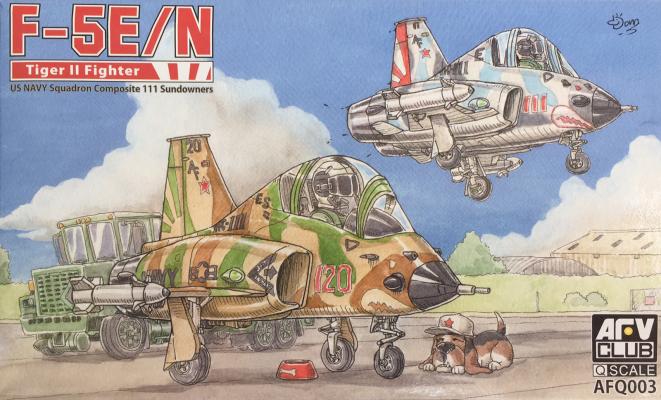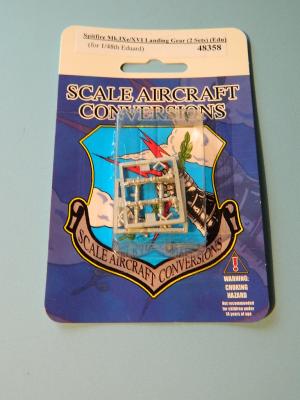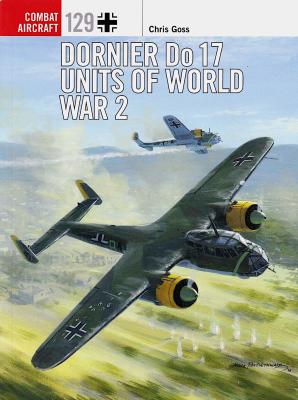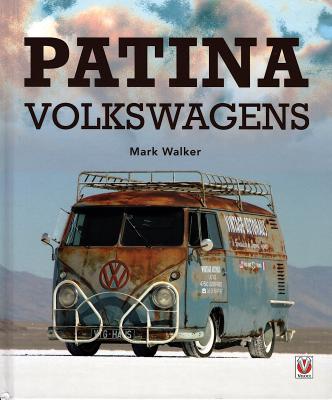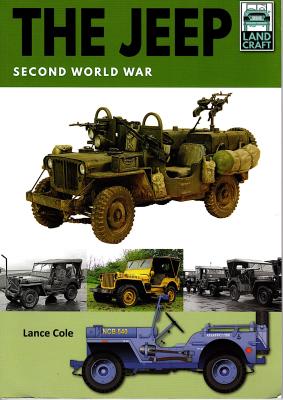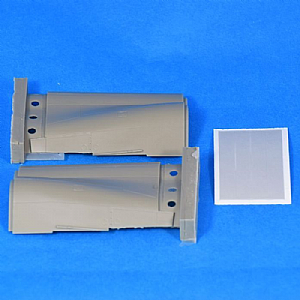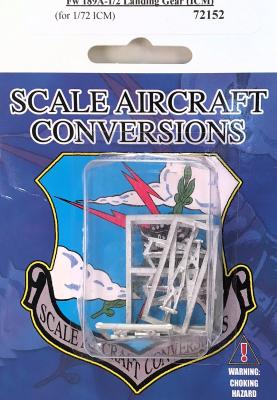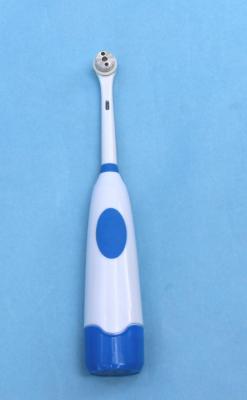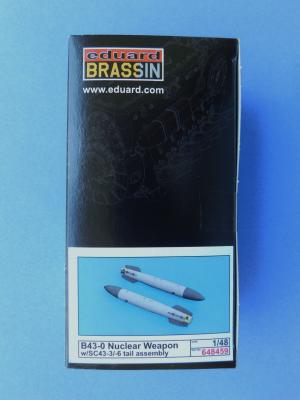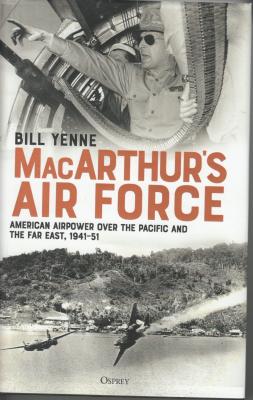Like a lot of modelers, I take this hobby a bit more seriously than I should at times. This kit is a reminder that it's actually fun to build models. Taking real-life subjects and “egg shaping” them into a whimsical mimic seems to be a growing sector based on the number of kits and subjects receiving this treatment. In this case, AFV Club has chosen the F-5E/N Tiger II. The F-5E/N series was an improved version of the F-5 Freedom fighter that incorporated modifications from the unsuccessful F-20 Tigershark. Leading-edge extensions and more powerful engines made it the perfect aggressor aircraft to simulate the MiG 21. This kit draws inspiration from the Navy’s VF 111 “Sundowners”. But enough of that serious stuff.
What's New
IPMS/USA again thanks Ross and his Team at SAC for supporting the IPMS USA reviewer corps with one more of many monthly releases, with extremely useful and well-thought out landing gear additions for the modeling crowd out here in the modeling world. And thanks to IPMS leadership for sending it to me to be reviewed.
Consisting of two (that’s 2!) complete sets of gear, it’s pretty simple. Two main gear struts, two external torque links, and one tail gear. The tail gear is not the standard “Bar and lever” we see on so many early spitfires, but an actual oleo.
This set includes the torque scissors. It can be added as an afterthought to building, thereby preventing one from breaking it off during construction. Test fit into the wing and tail sockets to make sure no cleanup of flash is required, then a touch of superglue or epoxy, wait for the glue to cure, then you are done!
The good folks at Osprey Publishing just keep cranking out quality publications on all sorts of subjects, and this book is no exception. Author Chris Goss takes us through a well-written and well-researched history of the units that operated the Dornier Do-17 bomber in World War II.
The book starts with a short explanation of the development of the Do-17 from a transport plane into a military plane during the formative years of the Luftwaffe. The type served in the Spanish Civil War, like many of the early Luftwaffe aircraft, and proved to be a capable bomber. Lessons learned in Spain led to the redesign of the forward part of the fuselage into the version that most of us modelers are familiar with – the Do-17Z.
About the Author
Author Mark Walker bought his first VW Beetle at age 16 and has since owned more than 100 Volkswagens. Walker was the owner and operator of several VW restoration companies and has carried out sympathetic restoration and high-quality suspension modifications for magazine feature cars. Mark has written for VolksWorld and Camper & Bus magazines since 2012.
Patina Volkswagens
This book focuses on 1974 or older Volkswagens with original paint, rust, and patina that have recently become more popular than cars restored to show condition. These rare unspoiled survivors tell a story of an interesting and varied past and have inspired a generation of car fanatics that might not be able to afford complete restorations.
The book is packed with excellent color photographs, and text provides insight to the car builders, dealers, celebrities, and hobbyists that have styled these unique cars.
This is one of three books in Pen & Swords Land Craft series. The other books include the M2/M3 Half-Track and Bren Gun Carrier. The Land Craft books are good resources for modelers as they provide background on the design of vehicles, detailed descriptions, photos of variants, and include descriptions of completed models and available kits
The contents of The Jeep book are:
Introduction
This section describes the story of the jeep during its early years of 1940-45 as it played a significant role in the 2nd World War and went on to become an icon in the four wheel drive movement. The Jeep became a wartime hero and went on to inspire a brand, sparking today’s off-road and 4-wheel drive enthusiasts. The Jeep became the first four-wheel drive multipurpose vehicle and B&W photos are used to show some early variants. This book focuses on the wartime Jeep with a concise description for the enthusiast and modelers.
About Hypersonic Models (from the website)
Hypersonic Models are currently located in Sennan City, Osaka prefecture, Japan, and products are manufactured, packed and shipped from there. All items for sale here are original Hypersonic Models' products, we don't act as re-sellers for other brands' or companies' products.
Contents Description
This is a set of aft fuselage half parts that correct the shape error on the engine shoulders of the Zoukei Mura short nose Phantoms. The parts are cast in an olive green resin, with fine recessed detail and panel lines. In addition to the re-shaped geometry, some additional surface detail has been included. This is not a drop-fit replacement set. Cutting of the fuselage is required, as well as some sanding of the remaining kit plastic and then puttying and blending of the new resin parts. Self adhesive cutting guide strips are provided that will mark the precise cutting line and guide your tool.
This set includes eight replacement pieces for the landing gear on ICM’s recent Fw 189A kit. There are three parts for each of the main gear mounts (left and right struts and a retraction/extension arm) and two for the tail wheel assembly.
Points To Ponder
The UMM “Polisander” (a combination of a polisher and a sander) is another unique tool available to the modeling community by UMM. The tool is powered by two AA batteries that are placed into the handle. Batteries are not included in the product. Note that the batteries, as usual, are inserted with one (+) end up and the other (-) end down. There are some indicators molded into the handle showing which battery tray is positive and which is negative.
The product box is small and sturdy, approximately 2x2x7 inches. The contents are bagged in zip-locks baggies, with the handle in one bag and the attachment head in the other. In order to insert the batteries carefully remove the blue base using the two indentions molded into the rim of the base, pushing the base away from the handle, no twisting necessary.
Serving the U.S. military between 1959 and 1991, these were the weapons that would have been carried by our strike aircraft in the event of a nuclear conflict. This new release from Eduard will allow for a unique loading of any aircraft that served during the Cold War in nearly any branch of the service as well as by some NATO allies. Construction of the bombs is clear and anyone with limited experience with resin and brass will be able to put these to use.
The subtitle of this book is “American Airpower over the Pacific and the Far East, 1941–51”. But it covers much more than this.
This excellent book follows Douglas MacArthur from his education at West Point through his retirement. I really enjoyed some of the “side stories”, such as the fact that Arthur MacArthur, Douglas’ father was friends with Congressman John Mitchell. When Arthur was deployed, Mrs. MacArthur stayed in Milwaukee, where the Mitchells also lived. Douglas was friends with the son Bill, who was later famous as Billy Mitchell, the airpower advocate. The two served together on the Army General Staff. And Douglas MacArthur was on the board of Mitchell’s court martial.

